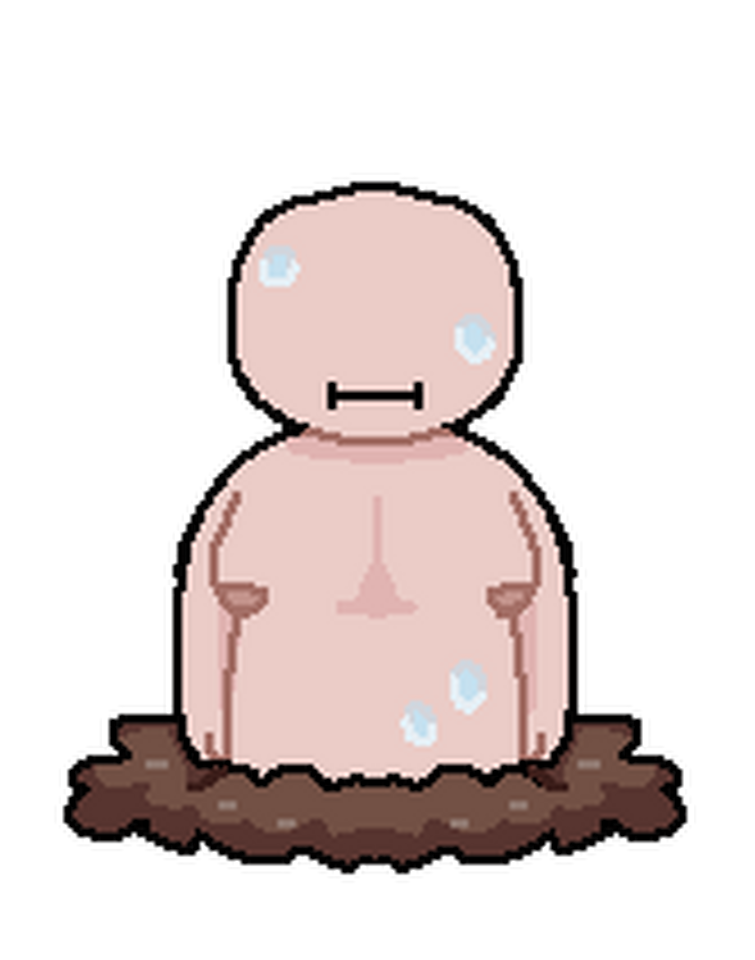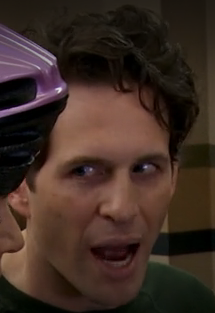We have that, it's called a fridge, and then there's a freezer for making things frozen.
But a fridge is the opposite of an oven. Some kind of flash freezing would be like the unmicrowave.
The reason we shrink heating devices down but not cooling devices is a combined consequence of economics and the laws of thermodynamics.
First an analogy: Making a boat that moves downstream a river is easy. Take any buoyant material like a log or a branch and drop it in water. Presto, you've got a mode of transportation of any size. Want to go upstream? Now you need motors to fight the current. Putting a motor on a large piece of wood, (a boat) is economically viable. Putting one on thousands of sticks? Ain't nobody got time for that.
As a consequence of the laws of thermodynamics, the the universe naturally converts all potential energy (fuel, electricity) into heat. The universe will do this basically on its own, over time, constantly. This is called entropy.
Doing the reverse, taking heat and putting it back into potential energy, i.e. cooling, is difficult. You basically have to pay a price to the universe in some other way, kind of like how a motorboat has to push more water downstream than the current would have naturally moved on it's own. This is what heat pumps (AC, fridge) do. Heat pumps put some of that heat back into potential energy, in exchange for also releasing potential energy into heat... The trick here is to do these two things in different places. The fridge's motor converts some electrical energy into heat in exchange for being able to move some of the heat in the fridge outside of the fridge. The consequence of this is that the room the fridge is in is now hotter. Mostly because you took the heat in the fridge and moved it into the room, but also because the fridge's motor also added some MORE heat to the room in the process in order to fight entropy. So to actually make this useful, you need to insulate what you are cooling (or it will just get warm again, warmer than it was before, because you added heat to the room), and you also want to dispose of the heat in the room. So you pump that out into the atmosphere...
Anyway, long story short, you need insulation, refrigerant, motors, heat changers, lots of power to fight the universe's tendency to spread heat everywhere. Technically you could miniaturize these things, but they become less efficient as you shrink them down, to the point where things smaller than a fridge are just not practical to make compared to the benefit you get from having them.
Making small heating devices is easy. You don't need to fight the universe. You just need an apparatus that will "go with the flow".
TL;DR
"No, I'm not stopping for freezing. We have freezing at home."
Those devices are very slow at transferring heat, unlike the microwave.
The problem is that cold is merely the absence of heat, you can't inject cold into something or generate cold, because there is no such thing as cold. It's kind of like how we can make a light bulb, but we can't make a dark bulb.
Maybe we could start manufacturing mini black holes to build the dark bulbs!
This is a bit like asking if we could build a flashlight that emits a beam of darkness I think
Shooting something with “cold energy beams” is an anti-microwave
We aren’t talking about machines to make things cold, I was asked if we could make microwaves that make stuff cold
You can dump energy into something by blasting photons at it, because photons carry energy. You can't do the reverse because you'd need to use particles with negative energy. Either that, or you'd need to suck photons out of the food, but it doesn't work that way; things radiate photons at a specific frequency and intensity (called blackbody radiation) depending on how hot they are, and you can't make them emit more energy except by getting them hotter.
Considering room pressure and temperature, things are not cooling at their fastest possible rate. Blackbody radiation isn't the only way things cool down. You are forgetting conduction and convection. Liquid nitrogen can cool things down super quickly.
I'm not forgetting them: they're just but relevant to the way I interpreted the question. I'm assuming OP wants something that works on a similar physical principle to a microwave, not just a fast way to chill things.
Ah sure, yeah, if they want it to actually use radiation, it's not possible.
if you see a dark area you can turn on a flashlight to emit light towards the area and make it not-dark.
If you see a lit area and you want it unlit, there is no anti-flashlight you can point towards it to suck the light out.
Similar kind of thing, heat can only be given, not taken. heating stuff up is easy, but for cooling the best you can do in most cases is to make it easier for the thing to give you its heat (ex by the atmosphere colder), but you can't force it.
I expect this post in a couple days: "How do I remove a paper towel that is frozen to my bottle of wine?"
We used to put warm beer, ice, and salt in a cooler to cool the beer down quickly on Friday after work. It worked great for that.
If you want to cool something even more quickly, spray it with upside-down compressed air (warning: dangerously cold)
Push heat into something is easier than pull heat out of something
It pretty much is. It bathes your food in intense radio waves that get absorbed and turned into heat.
Make something vibrate fast easier than make something vibrate slower
There is a machine that specifically cools drinks (cans) in seconds. It rolls the can in ice water until it's cold.
This is technically possible. The cosmic microwave background, i.e. space, is extremely cold (barely above absolute zero) so it basically acts as a heatsink you can pump infinite amounts of heat into. It turns out that if you can make the food radiate heat out into space and prevent it from absorbing more heat from sunlight, it's possible to cool it below ambient temperature. This is also a completely passive process so it requires no electricity or other form of active energy input.
The problem with this is that doing it with food might be impossible. At the moment, we can only really do it using objects with special coatings that have been optimized for this purpose.
Here's a couple interesting videos that explain how it works:
https://www.youtube.com/watch?v=KDRnEm-B3AI
https://www.youtube.com/watch?v=dNs_kNilSjk
Cool question. I‘d imagine the easiest way I can at least think of is spraying it with liquid nitrogen. The challenge will be to get the nitrogen back in the bottle and keep it liquid in the meantime.








